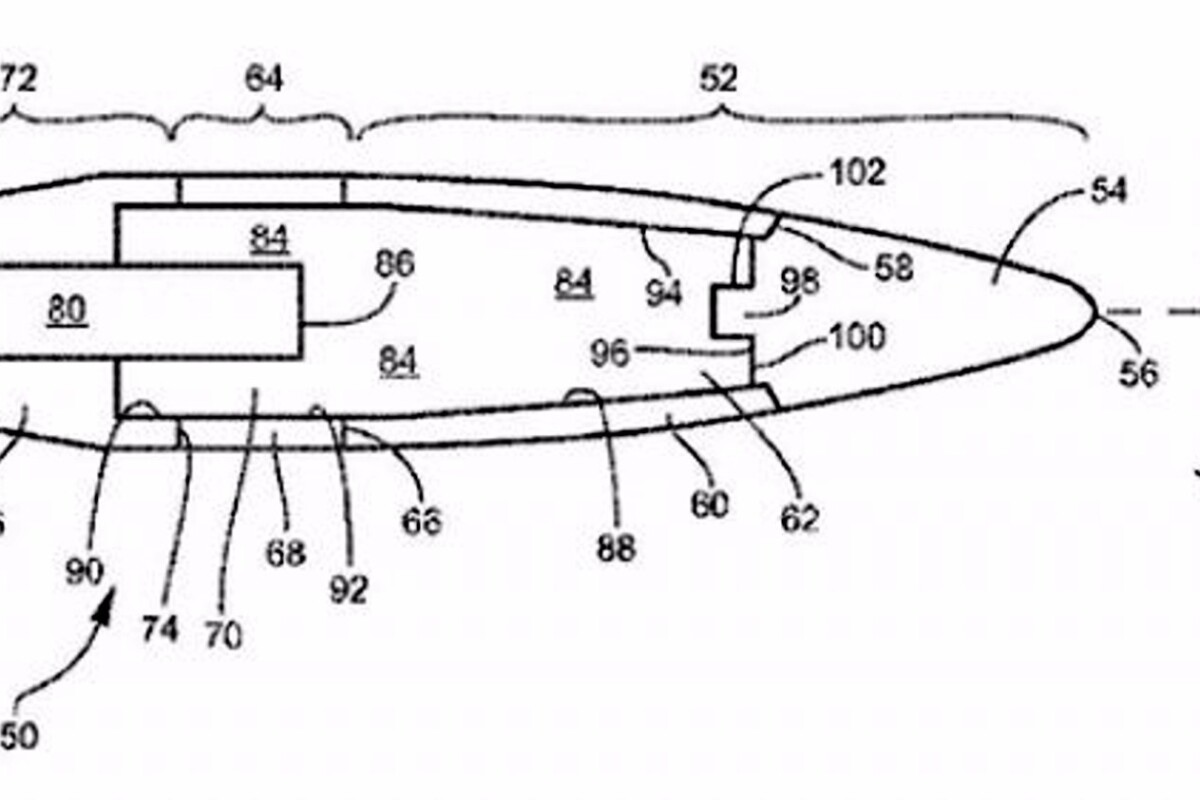Safer munitions may seem like a contradiction in terms, but modern designers put a lot of effort into creating weapons that do the least unintentional harm after or if they fail to do their job. A case in point is a new limited-range bullet invented by Brian Kim, Mark Minisi, and Stephen McFarlane at the US Army Armament Research, Development, and Engineering Center (ARDEC). Recently awarded a US patent, the proof-of-concept bullet disables itself after flying a preset distance.
Battlefields are already dangerous enough without stray rounds or other weapons endangering non-combatants, so the question of how to keep munitions from causing unintentional damage or injury is important to more responsible weapon engineers. Anti-aircraft shells, for example, are routinely fitted with fuses so they detonate before they fall to earth. In the same way, some types of sea mines and land mines are designed to deactivate after a period of time.
One area that has room for improvement is in smaller projectiles that have less of a chance of harming innocent people in combat. To achieve this, the new patented system uses a reactive material in the bullet that's ignited when the round is fired. This material burns in flight and at the desired range causes the round to become aerodynamically unstable. The range can also be adjusted for a particular mission.
Exactly how the system disables the round depends on what variant is used. In one version, the burning material distorts the round by melting its copper jacket until it starts to tumble and falls to the ground. In the other, the heat causes the round to disassemble into the base, center, and nose sections. As these fall apart, they also become unstable and drop.
The system was developed using computer models and simulations based on the .50 caliber M33 and the .50 caliber M8 rounds. The basic design was then refined so that the ballistics of the modified projectile would match or exceed the standard round out to the maximum effective range. Though the system was developed for the .50 caliber, the inventors say that it could be used on any projectile from 5.56 mm to 155 mm.
"The biggest advantage is reduced risk of collateral damage," says McFarlane. "In today's urban environments others could become significantly hurt or killed, especially by a round the size of a .50 caliber, if it goes too far."
Though funding for the development of the limited range bullet has run out, the engineers hope that the idea could find applications in later, safer munitions.
Source: US Army





